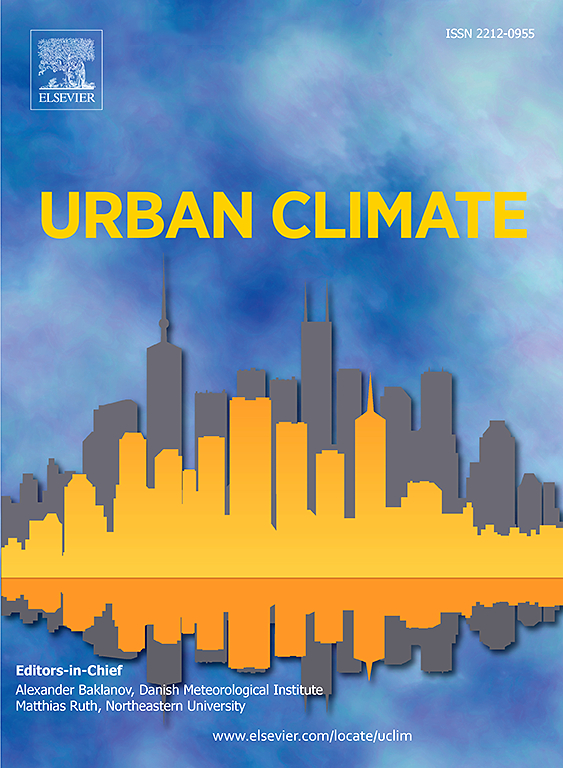Exploring air temperature variability and socio-demographic inequalities in heat exposure through machine learning: A case study of Maricopa County, Arizona
IF 6
2区 工程技术
Q1 ENVIRONMENTAL SCIENCES
引用次数: 0
Abstract
This study investigates the dynamics of heat exposure in Maricopa County, Arizona, employing a multidimensional approach. Utilizing the Extreme Gradient Boosting machine learning model, we predict census block group (CBG) level air temperatures, revealing the significant influences of land surface temperature (LST) (23 % importance ‘Gain’) and elevation (28 % importance ‘Weight’) on air temperature variability. Even though LST is an important predictor of air temperature variation, for ∼90.0 % of CBGs, LST variations are not associated with air temperature variation in a statistically significant way; rather other relevant factors such as impervious surface, and vegetation played significant roles. Among the minority populations, the Hispanic/Latinx populations are highly exposed to elevated air temperature. There are 181 CBGs with positive association between Hispanic/Latinx and air temperature, based on the local statistical significance test from Geographically Weighted Regression modeling. The study demonstrates the importance of considering local topography, and land use/land cover patterns to characterize UHI and considering socio-demographic characteristics in assessing spatial variation of heat exposure. By addressing socio-demographic disparities in heat exposure, this research contributes valuable insights for urban planning, public health interventions, and climate resilience efforts in Maricopa County, with methods and findings that are widely transferable.

通过机器学习探索气温变化和热暴露中的社会人口不平等:以亚利桑那州马里科帕县为例
本研究调查热暴露在马里科帕县,亚利桑那州的动态,采用多维的方法。利用极端梯度增强机器学习模型,我们预测了人口普查块组(CBG)水平的气温,揭示了地表温度(LST)(23%重要性的“增益”)和海拔(28%重要性的“重量”)对气温变化的显著影响。尽管地表温度是气温变化的重要预测因子,但对于约90.0%的CBGs,地表温度变化与气温变化没有统计学上显著的相关性;而其他相关因素如不透水地表、植被等则发挥了重要作用。在少数民族人口中,西班牙裔/拉丁裔人口高度暴露于气温升高。基于地理加权回归模型的局部统计显著性检验,有181个cbg与西班牙/拉丁裔与气温呈正相关。研究表明,考虑当地地形和土地利用/土地覆盖模式来表征城市热岛的重要性,以及在评估热暴露的空间变化时考虑社会人口特征的重要性。通过解决热暴露方面的社会人口差异,本研究为马里科帕县的城市规划、公共卫生干预和气候适应能力工作提供了有价值的见解,其方法和发现可广泛转移。
本文章由计算机程序翻译,如有差异,请以英文原文为准。
求助全文
约1分钟内获得全文
求助全文
来源期刊

Urban Climate
Social Sciences-Urban Studies
CiteScore
9.70
自引率
9.40%
发文量
286
期刊介绍:
Urban Climate serves the scientific and decision making communities with the publication of research on theory, science and applications relevant to understanding urban climatic conditions and change in relation to their geography and to demographic, socioeconomic, institutional, technological and environmental dynamics and global change. Targeted towards both disciplinary and interdisciplinary audiences, this journal publishes original research papers, comprehensive review articles, book reviews, and short communications on topics including, but not limited to, the following:
Urban meteorology and climate[...]
Urban environmental pollution[...]
Adaptation to global change[...]
Urban economic and social issues[...]
Research Approaches[...]
 求助内容:
求助内容: 应助结果提醒方式:
应助结果提醒方式:


